Is Motorola afraid of competing with Samsung and Apple? The confusing tale of how not to make a flagship
The thing is, by that point, there was no question as to what a successful smartphone should offer. Samsung and Apple have paved the way, resulting in millions of high-cost phone sales. So what made users look away from the Moto phones?
Well, we already mentioned the not-so-attractive marketing of the devices, but even if that wasn’t the case, the Motorola flagship had some much bigger fish to fry before becoming a contender for the crown.
While offering a clean user interface with timely updates and unproblematic performance is necessary, areas like the camera department and battery performance seemed to ask you to make a compromise. For a flagship to be great, one should not sacrifice in any aspect.
Motorola’s Moto Z3 was one of the many Moto Z phones with modular capabilities.
Unfortunately, to this day, Motorola is always behind with its camera systems. The Moto Z Hasselblad mod was simply a bandaid on a wound that needed at least ten stitches. The wound itself was the Moto Z phones’ below-Apple and Samsung camera performance.And what about the Moto Mods? Steve Jobs once said, “Who wants a stylus”? Well, during the Moto Z era, I was asking myself who wants to stick thick mods to their phone.
After years of disappointing sales of the Moto Z lineup, Motorola (or Lenovo) decided to pull the plug. Unfortunately, it only got worse.
Motorola’s flagship hiatus or how to make people forget you exist
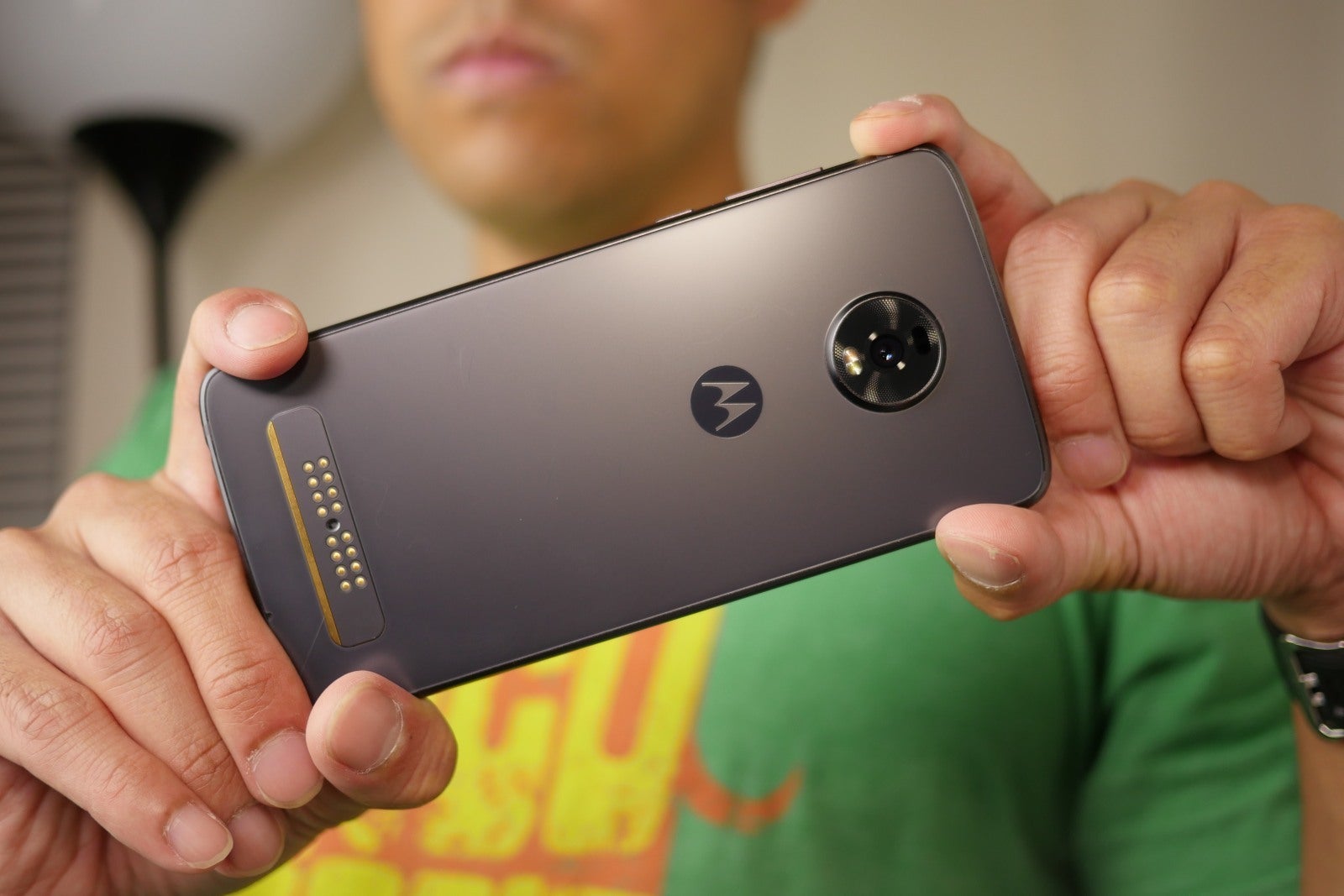
If a Motorola rep is reading this, they might be thinking, “What is this guy on about? We never took a hiatus from making flagships.” But they’ll be wrong.
See, in the Moto Z years, Motorola didn’t release any other flagship phones in the states. And if you’re thinking the Moto Z lineup was their flagship lineup, and they kept on releasing new generations for years, you are correct. But at the same time, you are also very wrong.
The Moto Z lineup had a huge flaw. Its idea limited the room for improvement in each new generation more and more. There were a total of four generations of Moto Z flagships, but guess what? These were all pretty much the same phone, at least from the outside.
For the older Moto Mods to be able to work with each new generation or iteration of the Z phone, Motorola needed to keep the same design for years. This means the same size, the same shape, and even the same choice of materials.
As you know, in the smartphone business no design lasts more than a year or two, and Motorola kept at it with its premium segment for four years!
Four years of meaningful (for Motorola) upgrades that were invisible to the public eye. Not everyone is a tech enthusiast who understands spec bumps and new innovative software features. In fact, most people don’t even know how much storage they have on their phones.
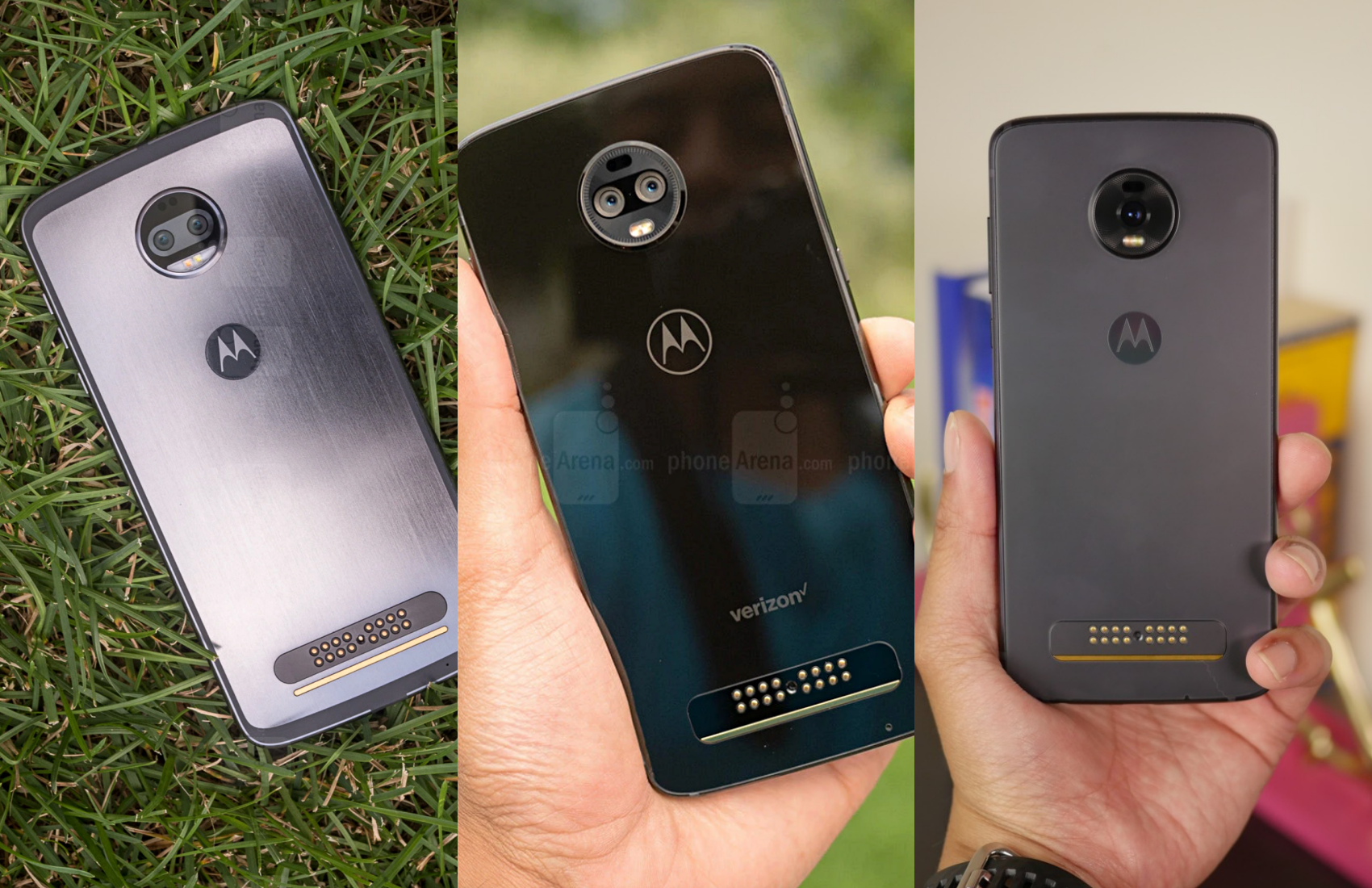
Hard to believe, but these phones’ release dates are separated by years.
You might be wondering why this is a problem considering that during these years Apple released the iPhone X, XS, and 11 Pro, which were also left with a very similar design and almost identical dimensions.
Well, Motorola is no Apple. You have to have been producing the best smartphones in the business for years. You’ve got to have this reputation for great premium flagships and a mass of people invested in your ecosystem. Also, Apple’s design allowed it to make more iterations to the design while still using the same body, like adding cameras, sensors, and connectors. Motorola never had any of these traits. It didn’t have its own operating system, it never made the best smartphone there is, let alone making it more than once. The Moto Mods didn’t allow for a camera module redesign either.
That’s why I called this the Motorola flagship hiatus. Was it that it simply misjudged the smartphone market during the time? Or was it a case of one being so hung up on something that left them clueless about what’s happening outside their bubble? Or was Motorola simply lazy?
On the edge of neglect
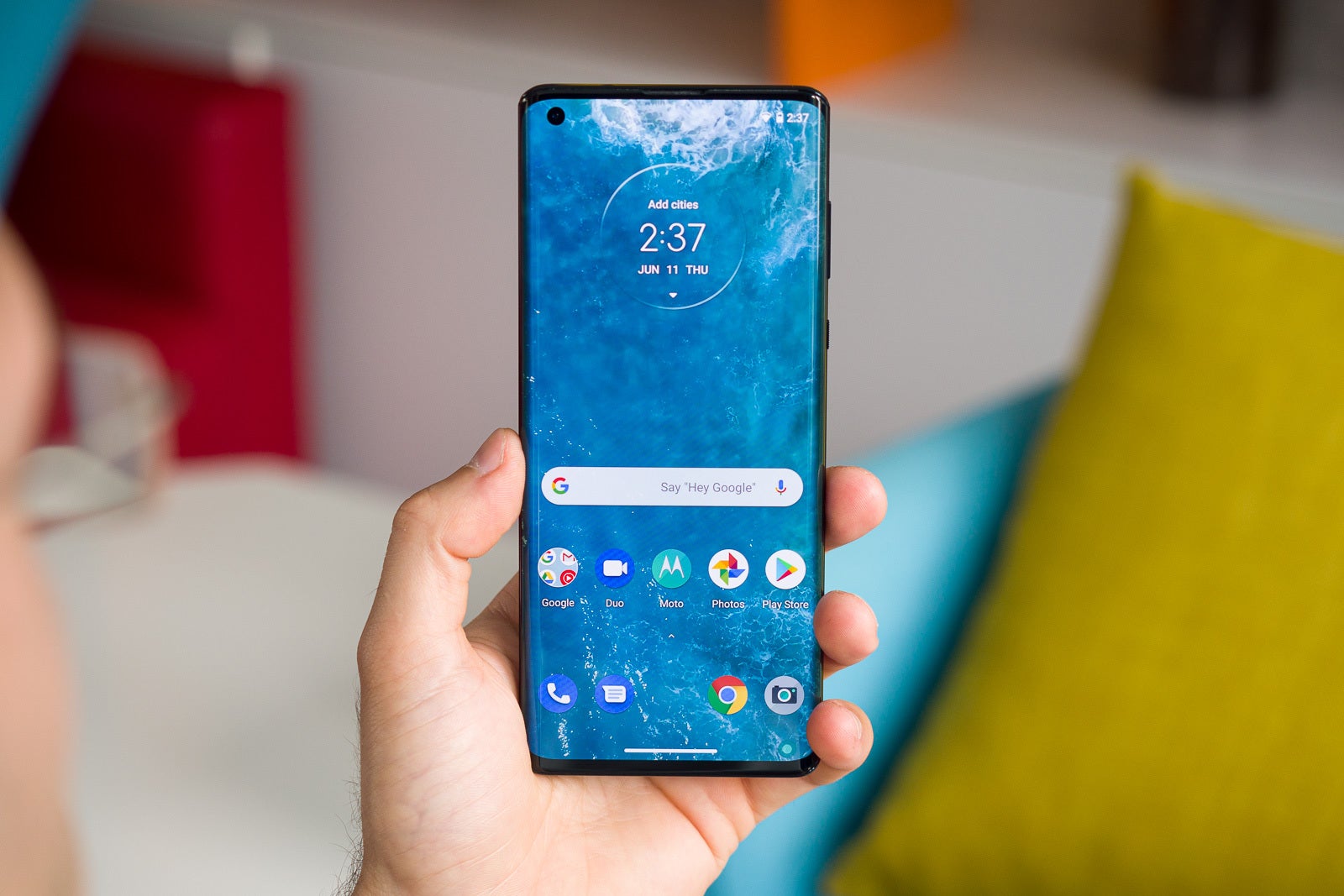
The OG Motorola Edge Plus was good, but…
Here comes the current Motorola Edge era. I guess that after finally realizing the Moto Z series isn’t the real deal, the brand had to move on, but in what direction? Well, the OG Motorola Edge and Edge Plus from 2020 were nothing short of amazing-looking smartphones. These packed great specs, they were priced well and had good camera systems. So what went wrong?
The answer is mostly the marketing of the series. Do you remember Motorola advertising these anywhere? Because I sure don’t. Or even if it did, the effort was simply low. There were also some questionable decisions, like having the smaller Motorola Edge phone use a less powerful processor and camera. While it made it the more affordable phone of the two, the price gap wasn’t that big in the end.
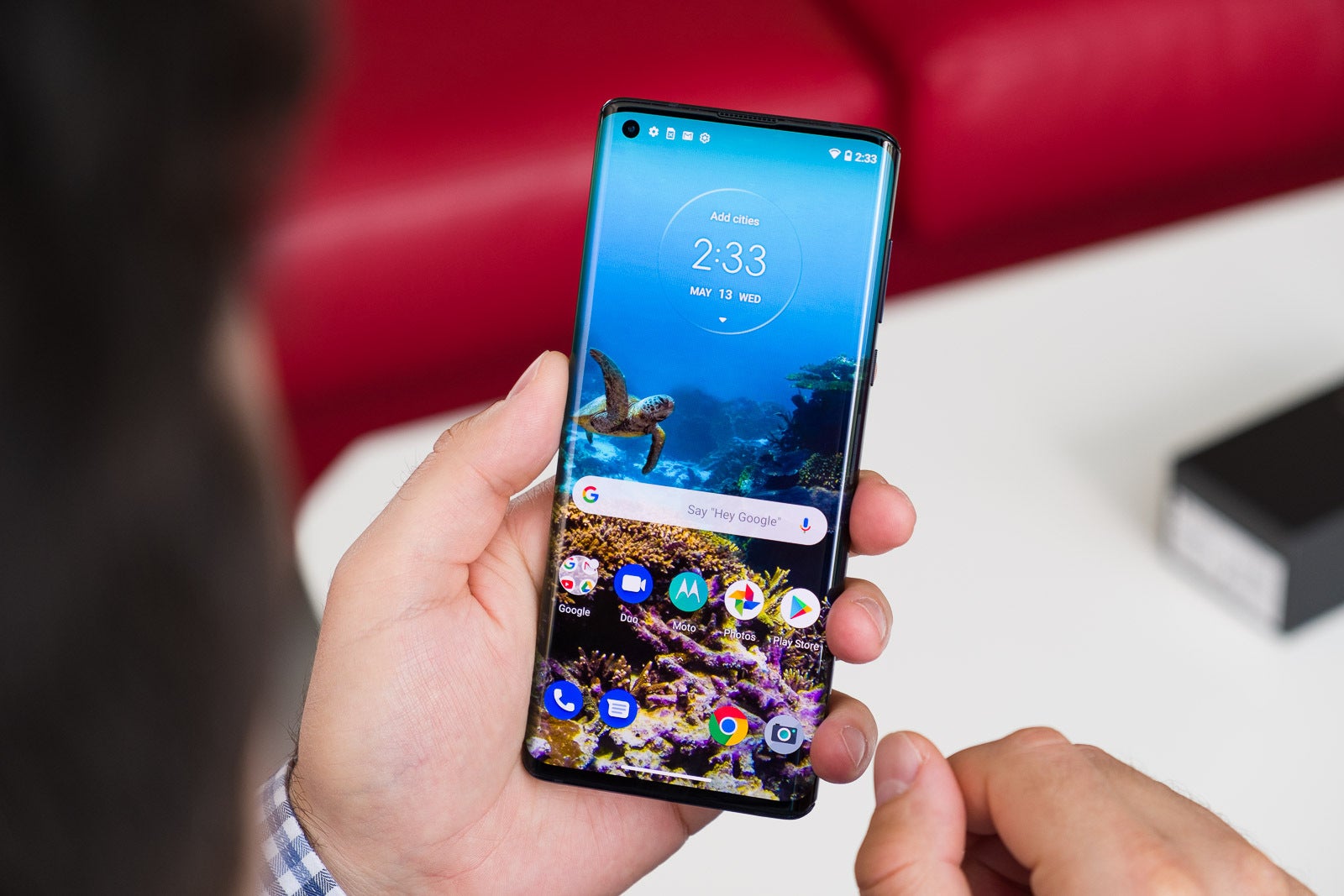
Motorola’s smaller Edge was too ‘lite’ to be called a flagship.
So basically, if you bought the smaller Edge, you had to sacrifice not only in terms of size but also in terms of performance. And what about the Edge Plus? Well, this phone was a real flagship, and it also had a flagship price. But the problem is that unless you have a reputation for premium phones, you can’t price yours the same as your competition. If you want people to give you attention despite your poor marketing, you need to undercut rivals by a huge margin or produce a device with much better value-for-money ratio.
That of course didn’t happen, and the first Motorola Edge phones were another two to be added to the brand’s ever-growing list of long-forgotten and unsuccessful flagship phones.
Did Motorola fix its mistakes with the next generation of Edge phones? Well, unfortunately not. It actually got worse, again. While I’ve reviewed both the Edge 20 Pro and the Edge 20, and I have to admit, these were pretty nice and flawless, Motorola made another mistake that set it even further behind Apple and Samsung.
Motorola pulled the plug on its US flagships entirely. The Motorola Edge for the US market was called the Edge (2021) and it was nothing short of a mid-range mediocre device, a high-end phone wannabe to be concrete. The Edge (2021) had even worse specs than the equivalent Edge 20 that was sold in Europe, yikes.
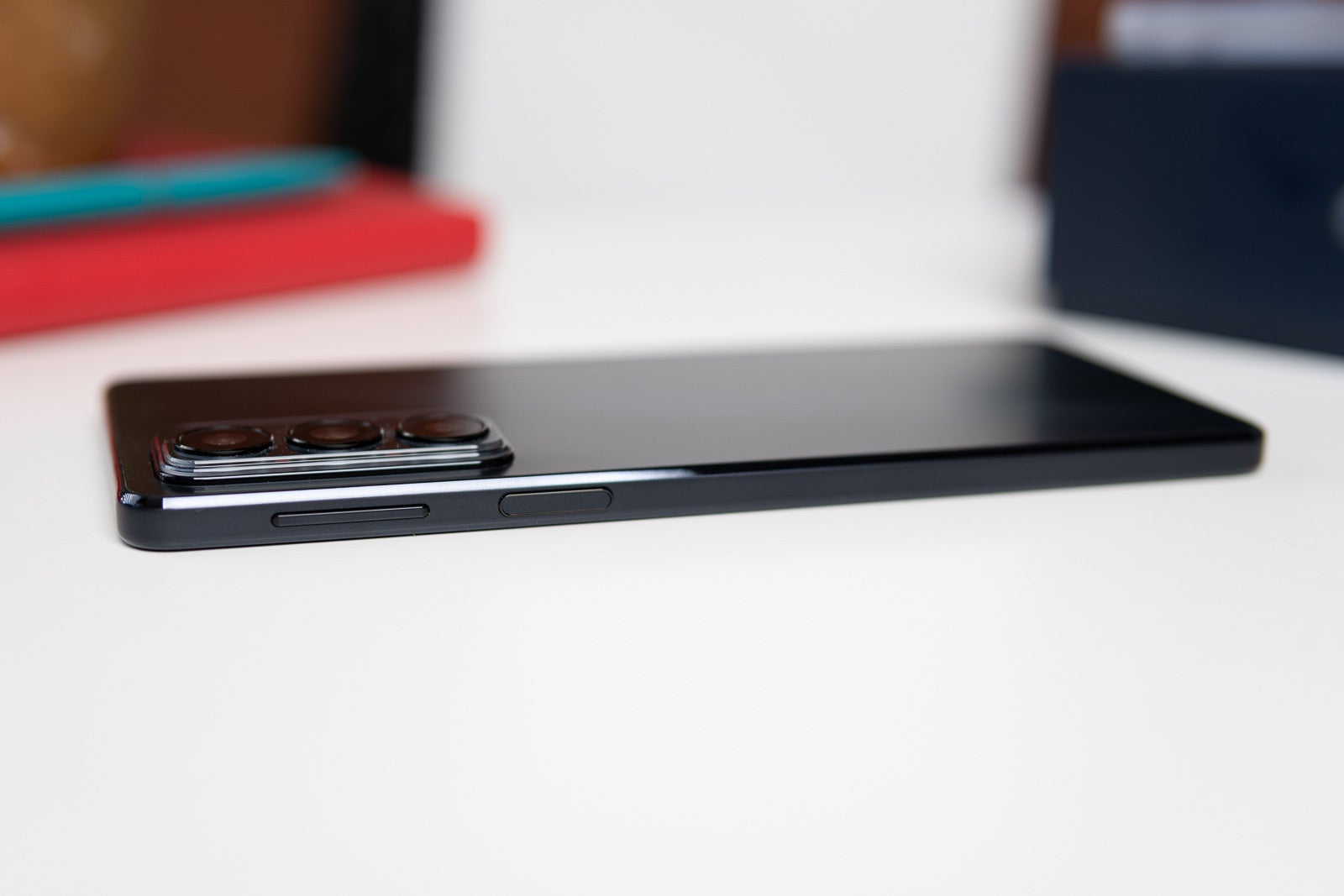
The slim and elegant Edge 20 and Edge 20 Pro never reached US consumers.
Still, all of this could be forgiven if the phone was priced right, but you probably guessed it, it was not. The Motorola Edge (2021), with its LCD screen, plastic build, and cheap ultra-wide camera sensor, was priced at $699. Yes, $699! The same price as an iPhone 13 mini and only $100 less than an iPhone 13. The same price as a Samsung Galaxy S21 or an iPhone 12, which both had some of the best camera setups and displays on the market.
If that’s not total neglect of the US flagship market or even the smartphone business, I don’t know what is. In Motorola’s American lineup there were dozens of boring Moto G phones, an aging foldable phone that is evidence of another marketing failure, and the half-baked Edge it offers in its home country. Actually, it is the same case in current days too, but with the addition of one more flawed device.
Repeating decade-old mistakes in 2022
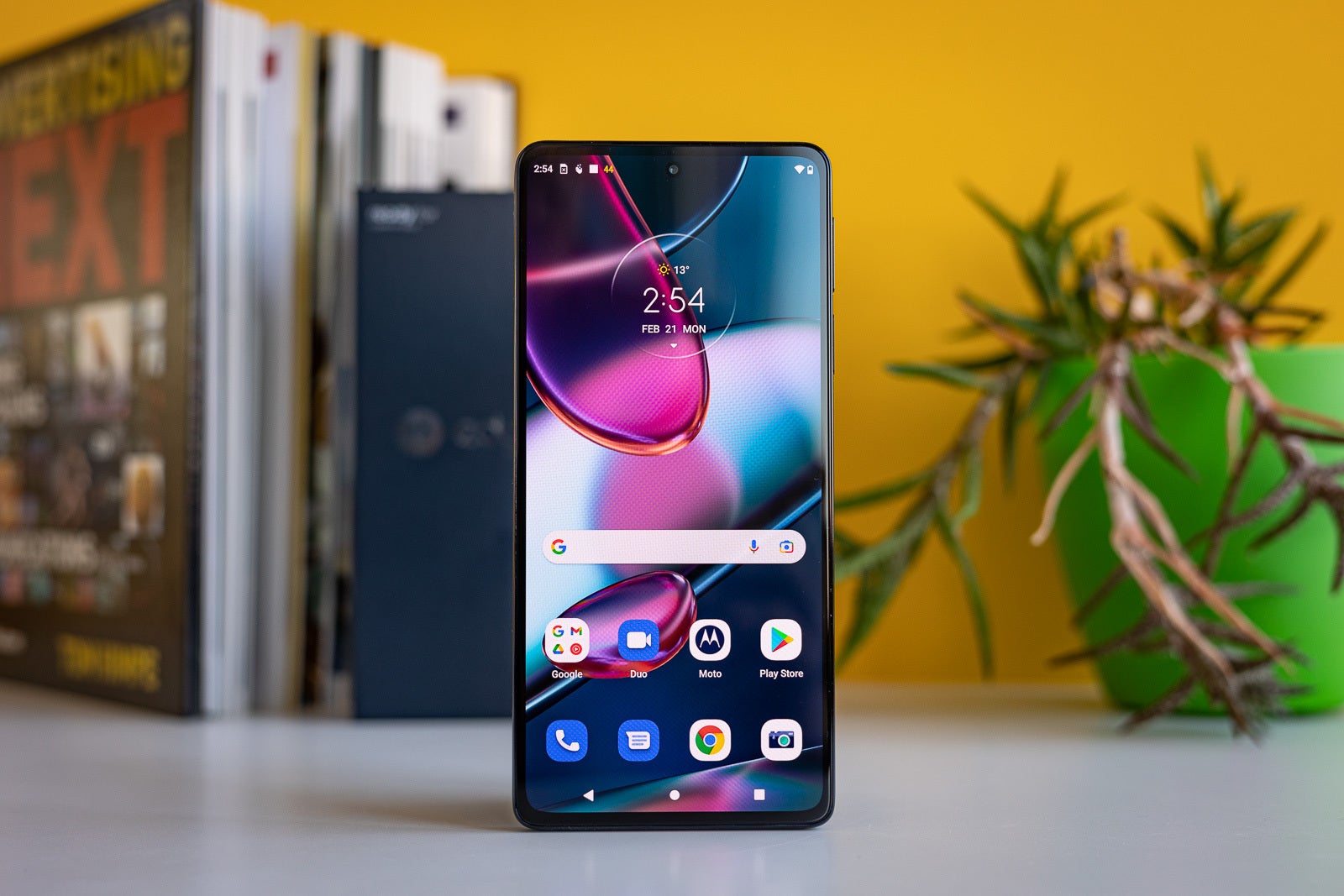
Motorola’s Edge Plus (2022).
What’s going on with Motorola now, you may ask? Well, this year, the brand released the Edge Plus (2022) and the Edge 30. One has two names, one is for the US market and one for the rest of the world, and the latter isn’t sold in America. While the two names aren’t necessarily a problem, the phone itself is. They did it again guys. Motorola repeated its biggest mistake, the mistake it’s been making for almost a decade now. This mistake was once again the camera.
Not only are the cameras of the $999 Edge Plus (2022) worse than the iPhone 13 and the Galaxy S22 series, but they are also worse than the previous generation of Motorola Edge phones. That’s right. Ditching the 108MP camera setup used in the two previous generations of Edge devices in favor of a newer 50MP one turned out to be a bad move.
See, the new camera system of the Edge Plus (2022) is more upper-mid-range than a flagship. The main camera is good, but not as good as before. The ultra-wide camera is a bit meh compared to rivals, and to add even more salt to the wound, the third camera is a 2MP depth sensor. That’s a sensor also found in a $250 Moto G. It is my professional opinion that whoever thought it was a good idea to price a phone ‘featuring’ a cheap 2MP camera sensor at $999 should probably rethink their line of work. Seriously.
The Edge 20 Pro had a wonderful 8MP periscope with 5x optical zoom and OIS. How can you wake up one day and think that a 2MP useless sensor is any kind of consolation for ditching a camera that was actually one of the key selling points of the predecessor? How?
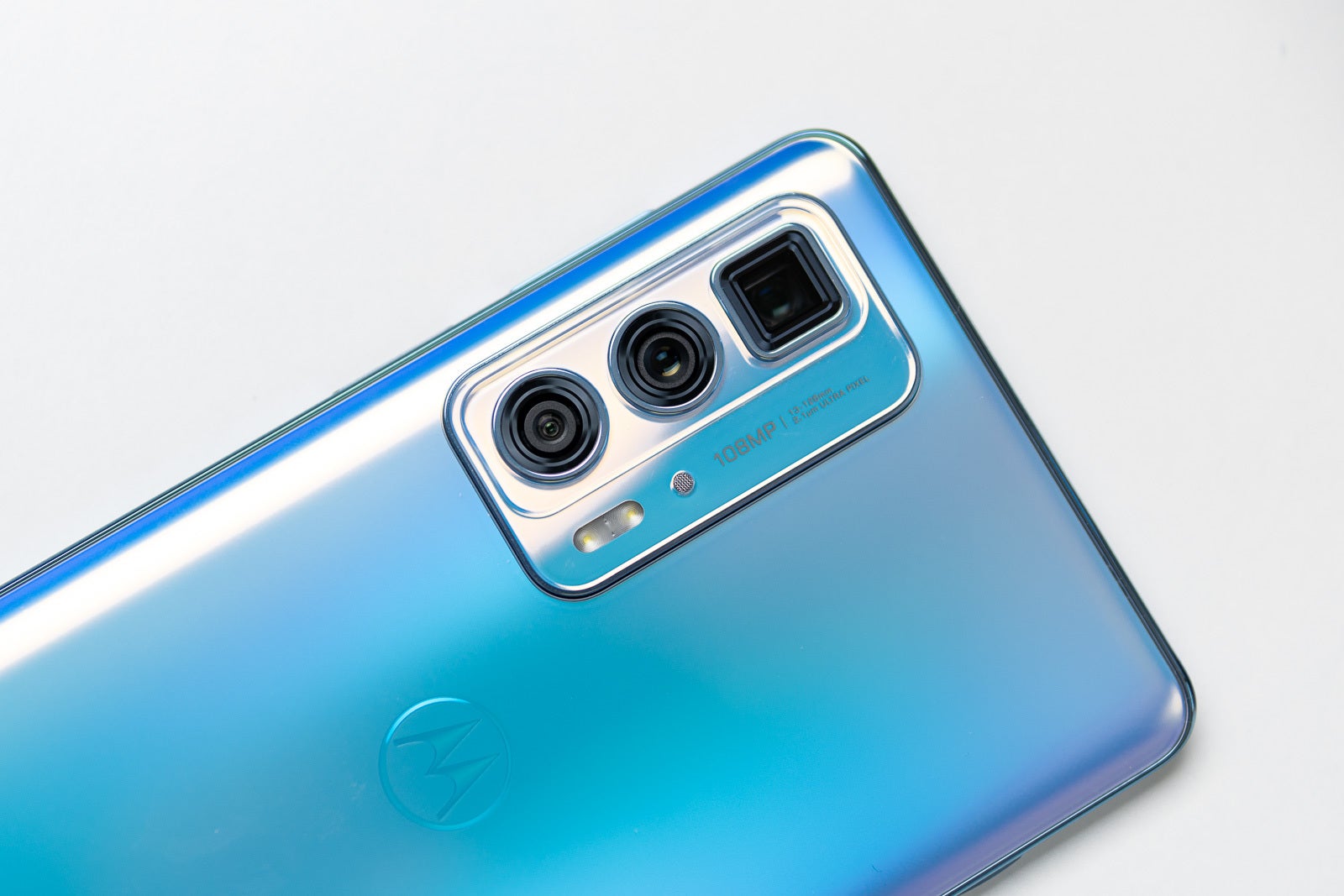
The Edge 20 Pro is one of the few Motorola phones to feature a high-end camera set.
It doesn’t end there. The Edge 20 Pro was never sold in the US, but I have to note that it was cheaper than this new Edge Plus. In my opinion, it even had a more premium build and much nicer looks. It’s a good thing the Edge 20 Pro is still easily found for sale across Europe. Having the latest flagship processor isn’t the only ingredient you need to make a real flagship phone, it never was.
Is Motorola afraid of competing with Samsung and Apple?
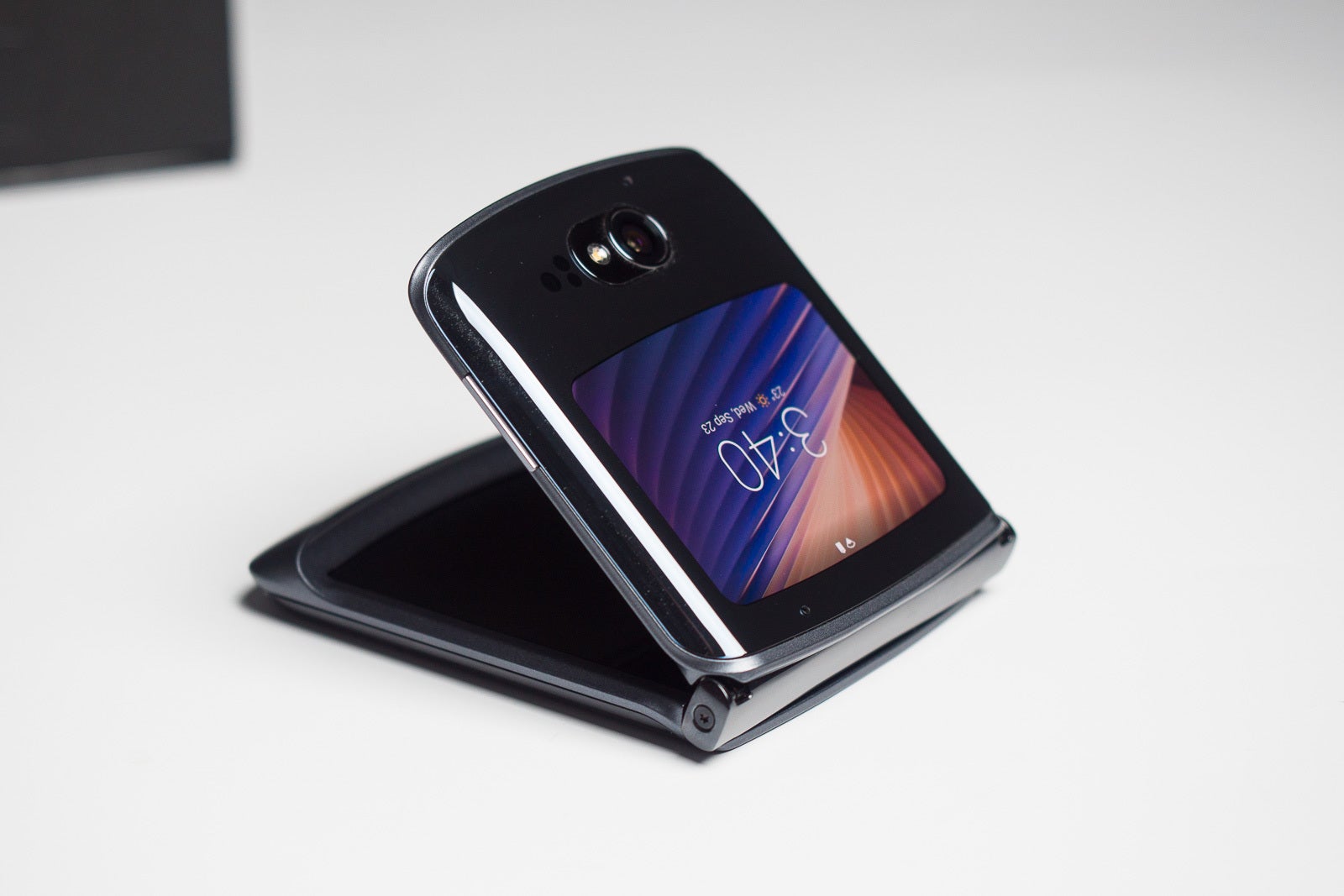
Even nostalgia couldn’t translate into sales in the premium segment for Motorola.
Well, all evidence points to a positive answer to this question. The only logical reason behind the brand’s silly decisions for, but not limited to the US market, is a flagship smartphone duopoly policy. We still remember vividly the Huawei vs USA fiasco when the company was on its way to debut in America’s phone market. Many conspiracy theories pointed fingers at Apple and Samsung putting pressure on Trump to ban anything Huawei-made so they have this vast market to themselves.
You might be thinking, well, Samsung isn’t a US company, so that couldn’t be it. But actually, it could be considered as one, especially if you think how close its home country is to the USA in terms of geopolitical and business relations. That’s not the case for China.
Motorola is owned by the China-based Lenovo. There’s no overlooking that fact. Even though it is an American brand, there is not so much American left about it. Still, its heritage is what probably doesn’t allow a ban on it (for now), but the idea of a compromising US smartphone lineup so you can keep selling in your country of origin is more intriguing than ever before.
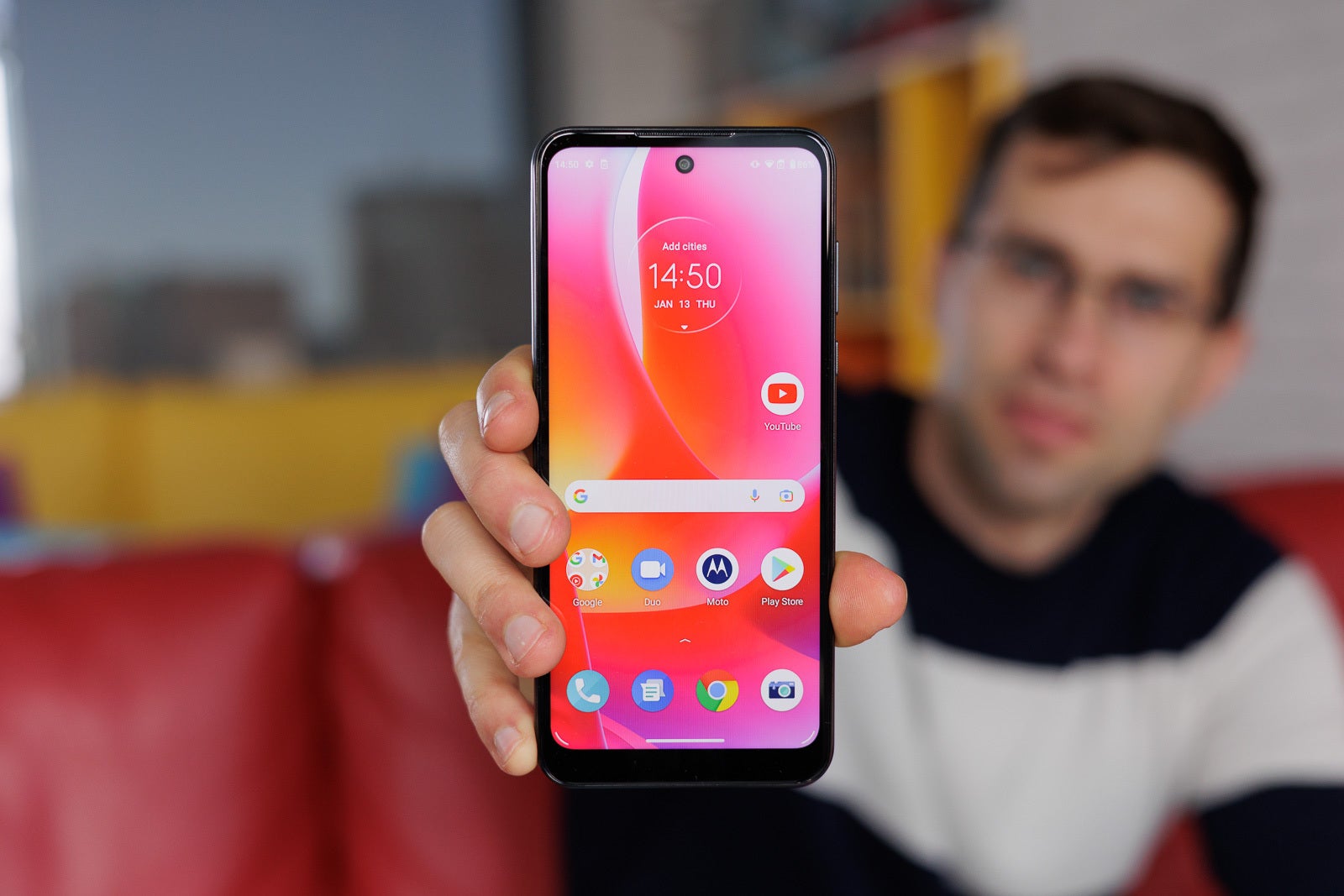
For some reason, Motorola is comfortable with selling and marketing mostly low-end phones in the US, like the Moto G Power (2022).
But enough with the conspiracy theories. Whatever the case, it doesn’t concern the worldwide phone business, where Motorola is also not taking flagships seriously. As I said, the Edge Plus (2022), or the Edge 30 Pro as it is called in Europe, was a big disappointment camera-wise even compared to its predecessor. Most people who buy flagship phones buy them for the cameras, not so much for the performance anymore, as mid-range phones have become good enough that most don’t even notice a difference compared to their more expensive cousins. Selling a $999 phone with a ‘meh’ type of camera system will never be okay.
In recent months, many leaks point to Motorola fixing this huge mistake by releasing a successor earlier than usual. This successor is said to feature a cutting-edge 200MP camera system, the latest and greatest from Snapdragon, and a new design language that is both modern and prettier.
A Motorola fan can only hope for a miracle at this point. But one thing is certain. If once again the brand doesn’t release its best phone in America, these conspiracy theories of mine will be more plausible than ever.

